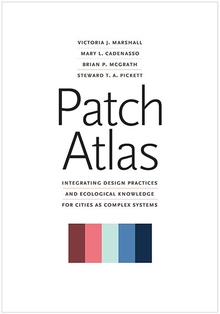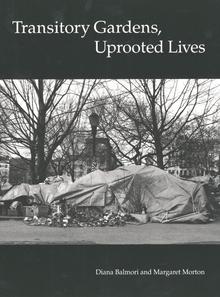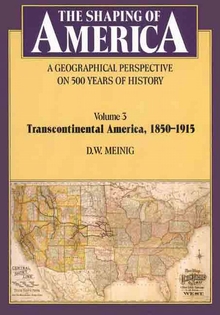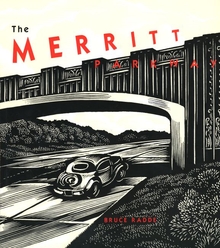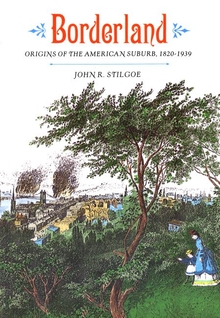Common Landscape of America, 1580-1845
WARNING
You are viewing an older version of the Yalebooks website. Please visit out new website with more updated information and a better user experience: https://www.yalebooks.com
John R. Stilgoe
“A remarkable book. John Stilgoe has provided us with a panorama of American land development that is unique in the literature of this filed. In the process he has sharpened the reader’s perception of the historic struggle between those who would tend the land and those who would exploit it, thus making a significant statement about issues in the forefront at the present day. Stilgoe’s global vision over time, combined with his remarkable facility for involving a great variety of elements into one coherent system of thought and feeling, makes this a deeply important and timely work.”—Edmund N. Bacon
“Recalls how Europeans shaped this country’s landscape out of wilderness and, by the way, helped to create our sense of beauty, comfort, and appropriateness…A book that will change the way its readers look about them.”—The New Yorker
“Focusing on vernacular design and its evolution, Stilgoe effectively demonstrates how builders (rather than professional designers) passed on their traditions from one generation to the next—in so doing shaping America’s enduring attitudes towards landscape. An original and fascinating study.”—H. Ward Jandl, Library Journal
Winner of the 1982 Francis Parkman Prize for Literary Distinction in the Writing of History.
"Imaginative and fascinating. . . . [Stilgoe] finds a new way of looking at old material, and he adds the unusual as well. The total effect is to offer an important reinterpretation of how Europeans created an American civilization in the new world. What is perhaps more important, after reading this book you will look with new insight at the landscape around you."—Allen F. Davis, Pennsylvania Magazine of History and Biography
"This exceptionally interesting book examines the ways Americans have changed the face of the country with buildings, roads, fences, and other forms of artifice. Elegantly written."—The Washington Post Book World
"This is one of those rare books that instructs without being pedantic. It avoids nostalgia, yet enhances one's understanding of and affection for the American landscape."—Reuben M. Rainey, Architecture: The AIA Journal
"This book is quite a remarkable performance. One is hard put to think of a single work that so comprehensively describes the early American landscape and explains so well how it was shaped by European settlement. The book is a blend of history, historical geography, folklore, and that as yet inadequately recognized field of inquiry, the history of landscape."—Ian M. G. Quimby, Journal of Southern History
"John Stilgoe's ambitious book is arresting and important. . . . Common Landscape of America develops its great themes with impressive intelligence and remarkable range of reference. John Stilgoe's readers, whether general students of American culture or more specialized architectural or landscape historians, will return to their own studies with broadened and freshened perspectives."—James Early, Perspective
"Common Landscape contains a wealth of information. The book is filled with rural lore about which it is a delight to read and learn. . . . Enlightening and delightful."—Helen Lefkowitz Horowitz, Reviews in American History
Publication Date: September 10, 1983


